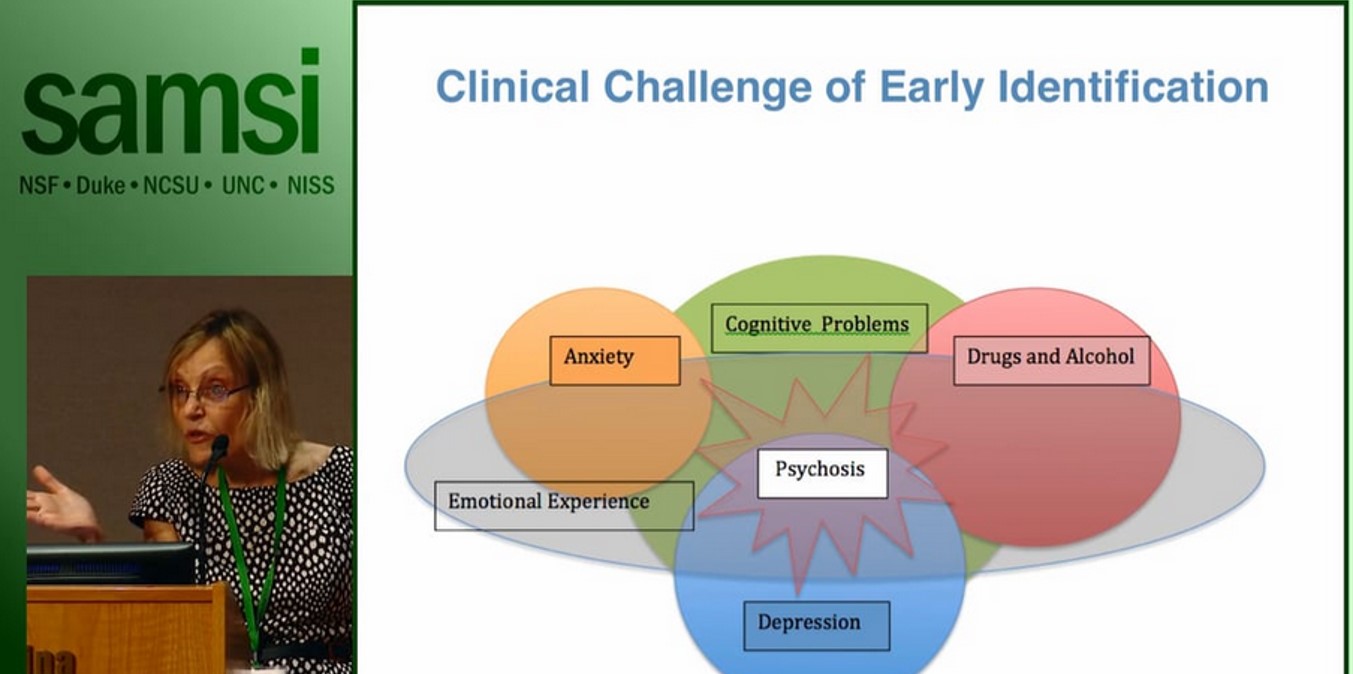Integration of Neuroimaging and Behavioral Phenotypes in Informative Populations: the clinical neuroscience perspective - Raquel Gur, University of Pennsylvania
August 19, 2015
Keywords:
- Schizophrenia
- fMRI
- PNC data
- Brian Connectivity
- Biomarkers
- Treatment Efficacy
- Diagnoses
- Early identification
- Philadelphia Neurodevelopmental Cohort
Abstract
While the prevalence of schizophrenia in the general population is estimated at about 1% worldwide, there is increased realization that the number of individuals who suffer from psychosis is quite larger and of those who suffer from prominent and disabling psychotic features is larger yet. There is lack of population-based neurodevelopmental studies to help predict transition to psychosis and gauge the neurocognitive and neuroimaging parameters indicative of vulnerability or resilience. We report results from large-scale studies, culminating in the Philadelphia Neurodevelopmental Cohort (PNC), which evaluated neurocognitive and brain imaging parameters in populations at risk for psychosis.
Neurocognitive deficits and abnormalities in maturation of brain anatomy, physiology and
connectivity can help identify at-risk youths and may suggest avenues for early detection and possibly
intervention. The interplay between genetic vulnerability and environmental factors leading to
exacerbation or resilience can be documented in such large-scale genomic investigations, especially
when follow-up is incorporated.
